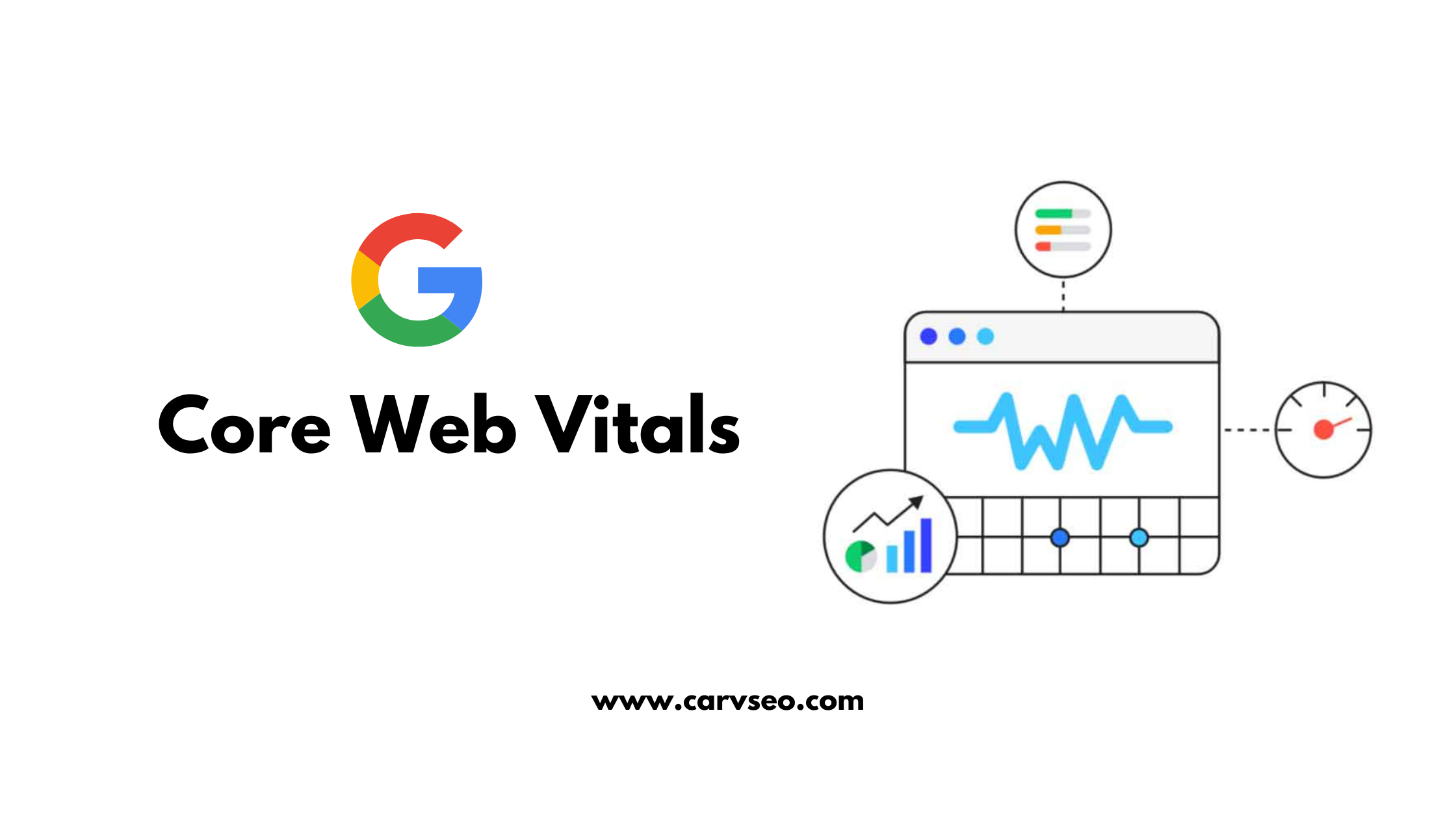Largest Contentful Paint (LCP) helps to measure the website loading time. How long it takes to load website elements like images, videos, animations, text, etc., LCP focuses on providing a good user experience to the users and it is one of the important parts of core web vitals. Website loads within 2.5s are considered to be a good LCP score.


